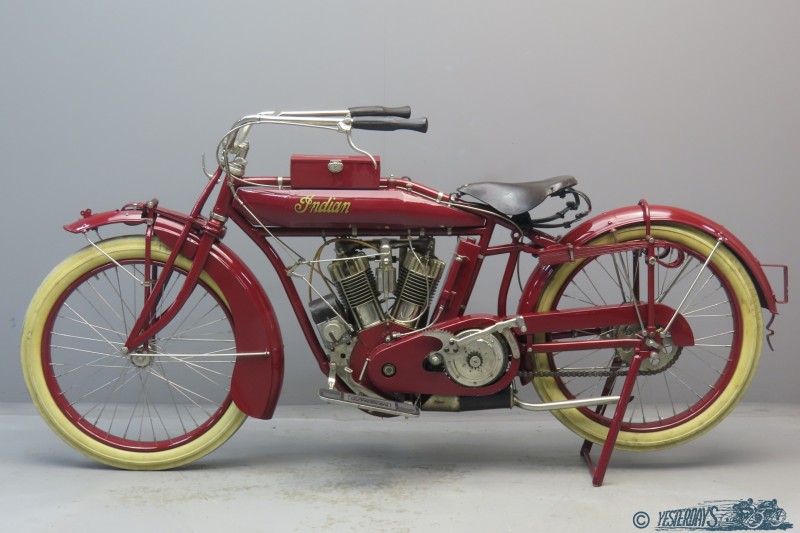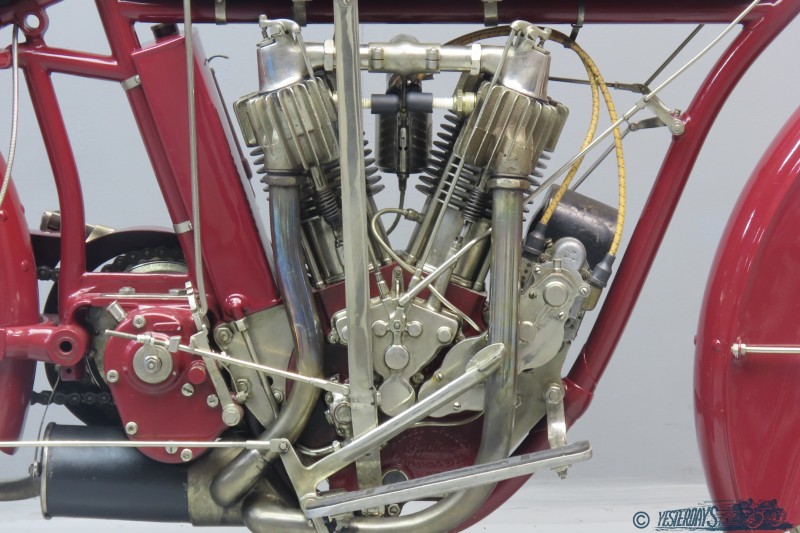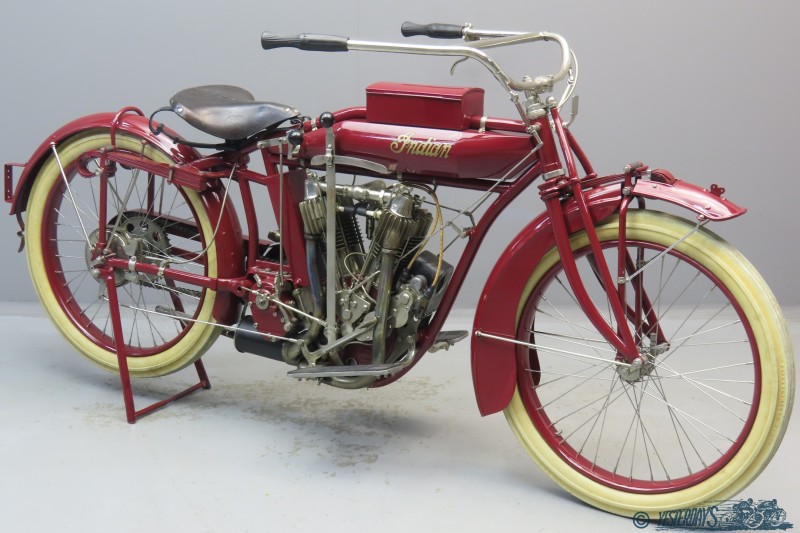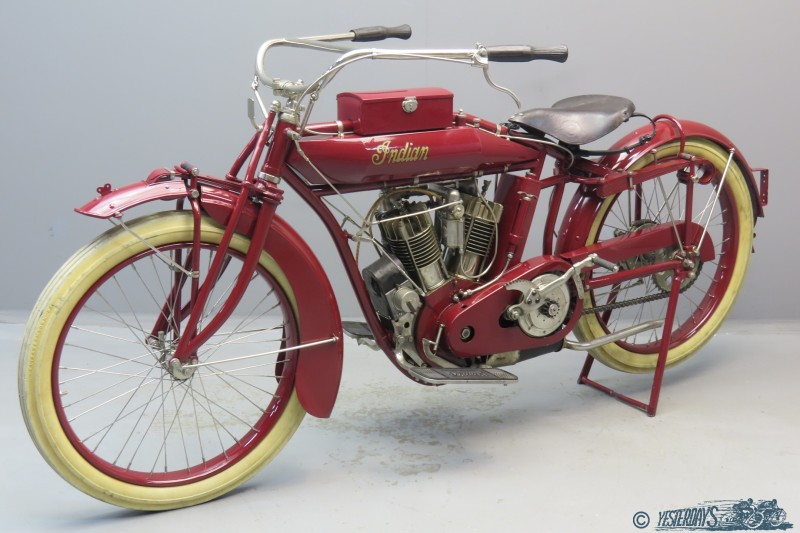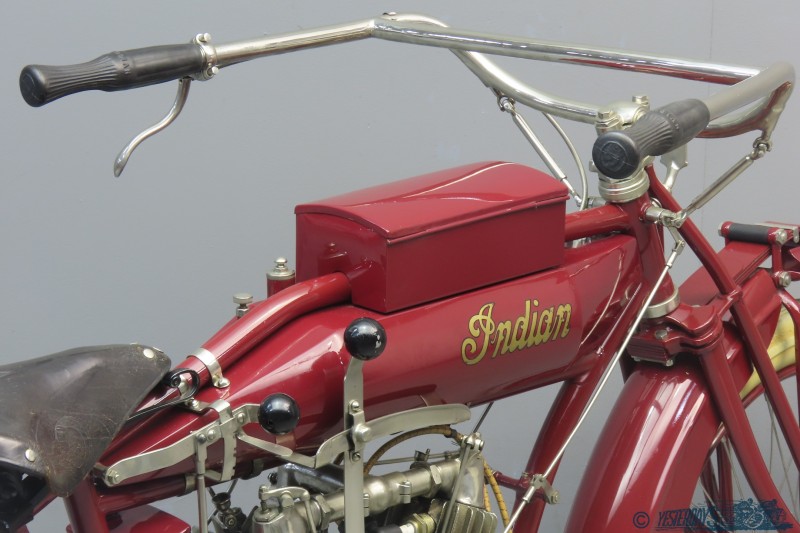Description
Indian 1915 7 HP “Model C3” 994 cc IOE V-twin engine # 72G745
Indian’s first, 38.61ci (633cc) v-twin appears in 1907 with an engine clearly derived from that of the single, though mechanical inlet valves – introduced for 1908 – are an early improvement. The twin’s rear cylinder continues to form part of the frame until 1909 when a loop frame of the type favoured by rivals Harley-Davidson is adopted. The Springfield Company’s first ‘Big Twin’ debutes that same year displacing 61 ci.
By 1913 Indian is the largest motorcycle manufacturer in the world; the 1913 production is almost 32,000 machines. There are 2,000 dealers all over the world and Indian controls some 42% of the domestic motorcycle market in the USA, according to a company claim that is.
For 1915 about 10 models are offered, among which feature a couple of lighter twins that are designated “Little Twin”. Some new features for 1915 are the use of chrome-vanadium steel tubing and the option of a three speed gearbox. The “”Model C” is available in single speed and with 2 or 3 speed countershaft gearbox but in the British edition of the 1915 sales catalogue only the three speed model is offered. The clutch can be controlled by a big lever on the right of the tank and by a foot lever next to the left footboard. The catalogue is not very modest about the Big Twin and boasts: “ The Indian Big Twin – master of them all – is continued this year and carries its banner of superiority further than ever. Pride of a hundred thousand riders, it stands out as the most remarkable motorcycle value available anywhere. With its strength, power and speed, with the new Indian Starter, new magneto, and other of the 1915 features – where is its equal on country road or boulevard, on mountain or prairie? It is the predominant all-round machine of its time.”
Indian has used a foot-starting mechanism since 1912 but this is fitted in front of the engine and works with a chainwheel and chain on an extension of the crankshaft. For 1915 a new system is introduced that uses a quadrant and a ratchet pinion on the clutch shaft. The ratio is such that one stroke of the starter gives three revolutions of the crankshaft. This makes starting so easy that the catalogue promises “So powerful is this starter that the motor can easily be started by a twelve year old boy or girl.”
This sturdy vintage 3-speed Indian has been restored and is in fine condition throughout.


